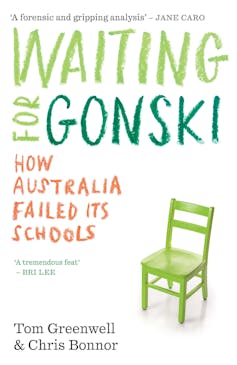
Are you on the lookout for some delicious recipes to indulge in with your family and friends this ...

Operation Christmas New Year has begun with NSW Police stepping up visibility and cracking down ...

For the holiday season, FOLLOW.ART introduces a new kind of gift for art lovers, cultural supporte...

The duo reunite as friends to embrace 2026’s biggest dating trend
After a year of headlines, v...

1. What science can currently say (and what it can’t)
Consciousness in science
Modern neurosci...

In the dynamic world of digital marketing, the currency is attention, and the ultimate signal of t...

For years, digital marketing revolved around a simple formula: pay for ads, drive clicks, measur...

Brennan, a leading Australian systems integrator, has secured a strategic investment from Macquari...

It begins with two people, one blanket, and two very different ideas of what’s a comfortable sle...


















